As we travel along the Path, we get closer to the day when the gods return and remake the world.— A Koushan Mai priest
Gen Mai is the polytheistic religion of the
Koushan Mai people, as well as several
dragon clans. Its name translates to The Path, and is symbolised by a spiral.
The religion of Gen Mai can trace its roots back to the beginning of the
Enervant Age, over five thousand years ago, though it was nameless at that time. This early religion would be unidentifiable as Gen Mai as it is now; it was a time when direct contact with the
gods was possible and the concept of the Path was not conceived of.
Gen Mai in the early days focused on the worship and appeasement of the gods. There are many myths of tasks completed on the whims of these immortal beings.
After the gods disappeared from the world, Gen Mai grew into the form it takes today. It was said that the gods withdrew from the land because they were disappointed in how the Koushan Mai lived their lives. The Koushan Mai believe that if they follow the tenets of the Path, the gods will
one day return and remake the world into paradise.
Priesthood
Most
priests of Gen Mai are dedicated to their
temple from childhood. The temples take in all a community's orphans, who are then raised into priesthood. Some families also dedicate their children to the temple when they are young if they cannot support them.
There are no gender restrictions amongst the priesthood, though a few gods have a priesthood comprised completely of men, women, or
ashan.
Places of Worship
In earlier centuries, the Koushan Mai built beautifully intricate temples carved from
stone and
wood. Each temple was dedicated to a specific god or goddess.
In the current year, only a few secluded temples remain. The others have been plundered, their stones pillaged and used to build castles for the
Seruic and
Caillish people.
The House of Silence
This
temple, dedicated to
Seiran, the goddess of secrets and
stars, is hidden in the mountains of
The Teeth. The main chamber of the temple is open to the elements allowing the
priests who live there to stargaze on clear evenings.
The Buried Sanctuary
Deep in the
forests, entangled in the roots of ancient trees, lies a
temple that is half buried in the ground. This place is dedicated to the twin child gods of death,
Fain and
Lilika.
The Tower of the Watcher
Dedicated to
Hakan, the god of the
sun, this
temple is built into the side of a sheer cliff of a
mountain in The Teeth. It is tall and thin with a stained
glass dome at its tip. When the sun shines, the interior of the temple is flooded with colour.






















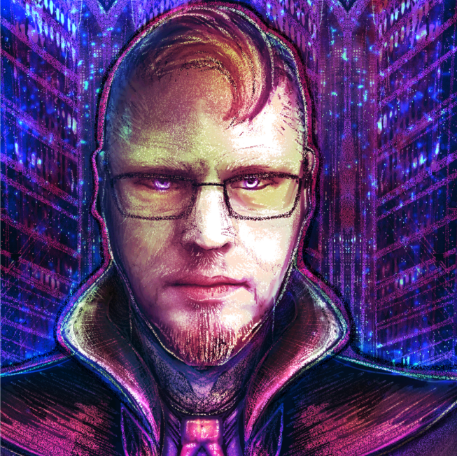

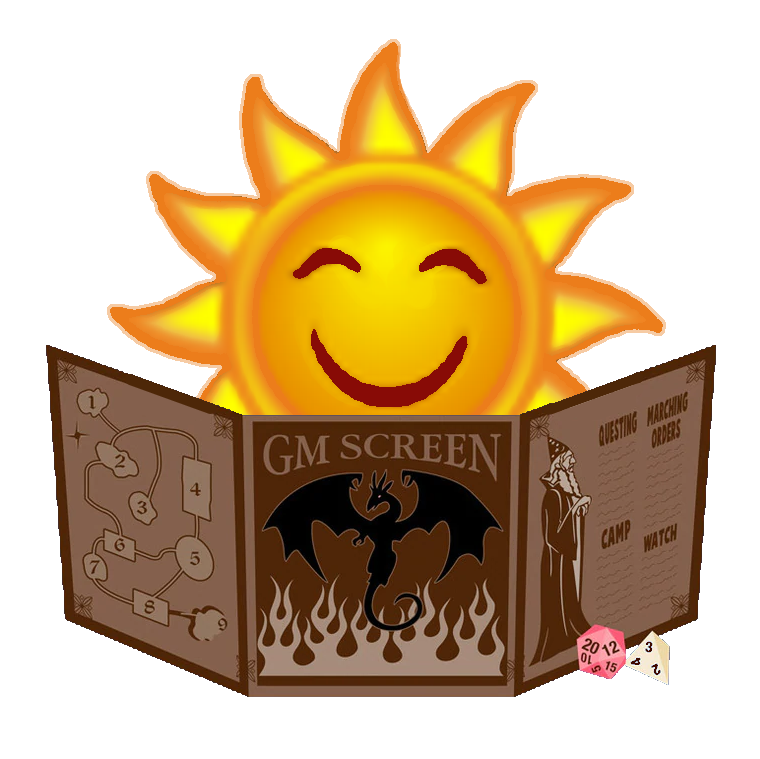
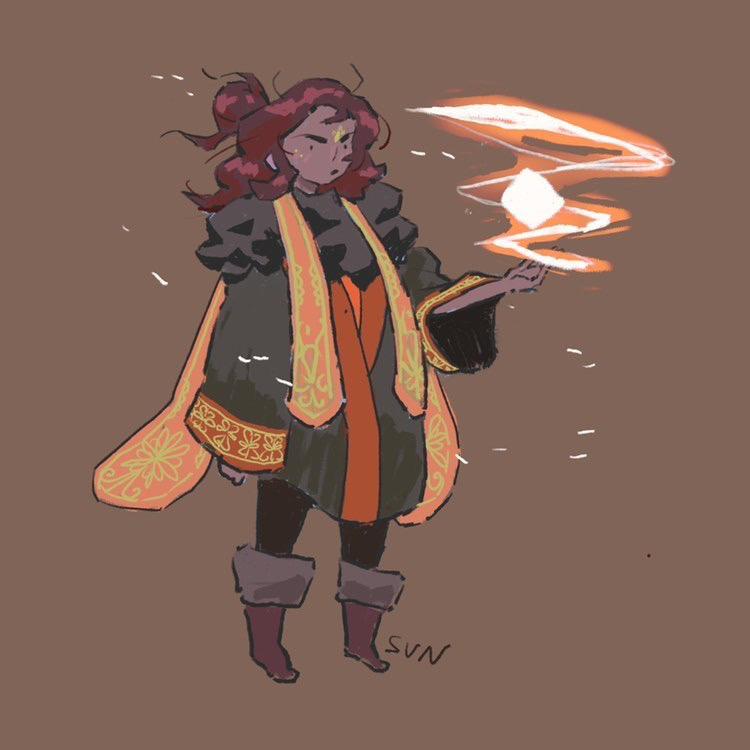

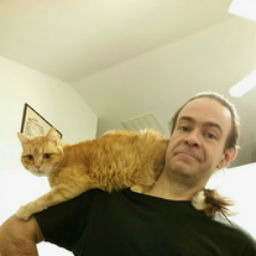

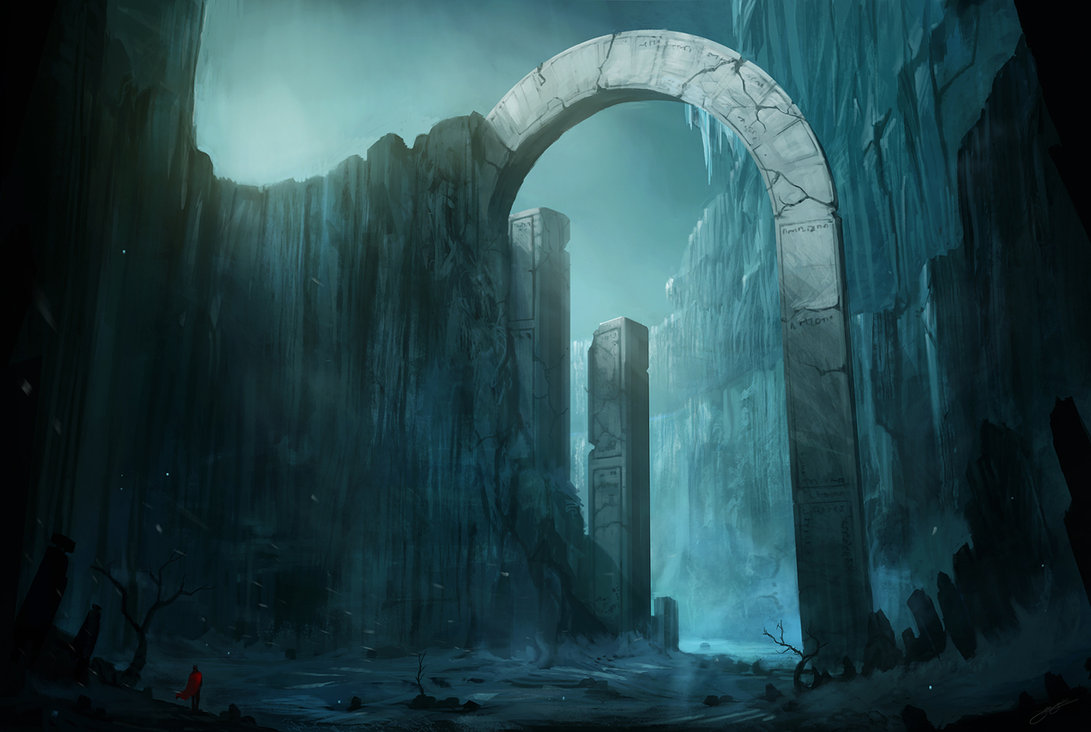

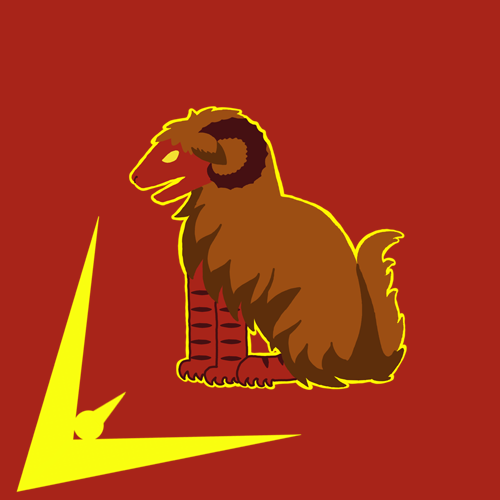
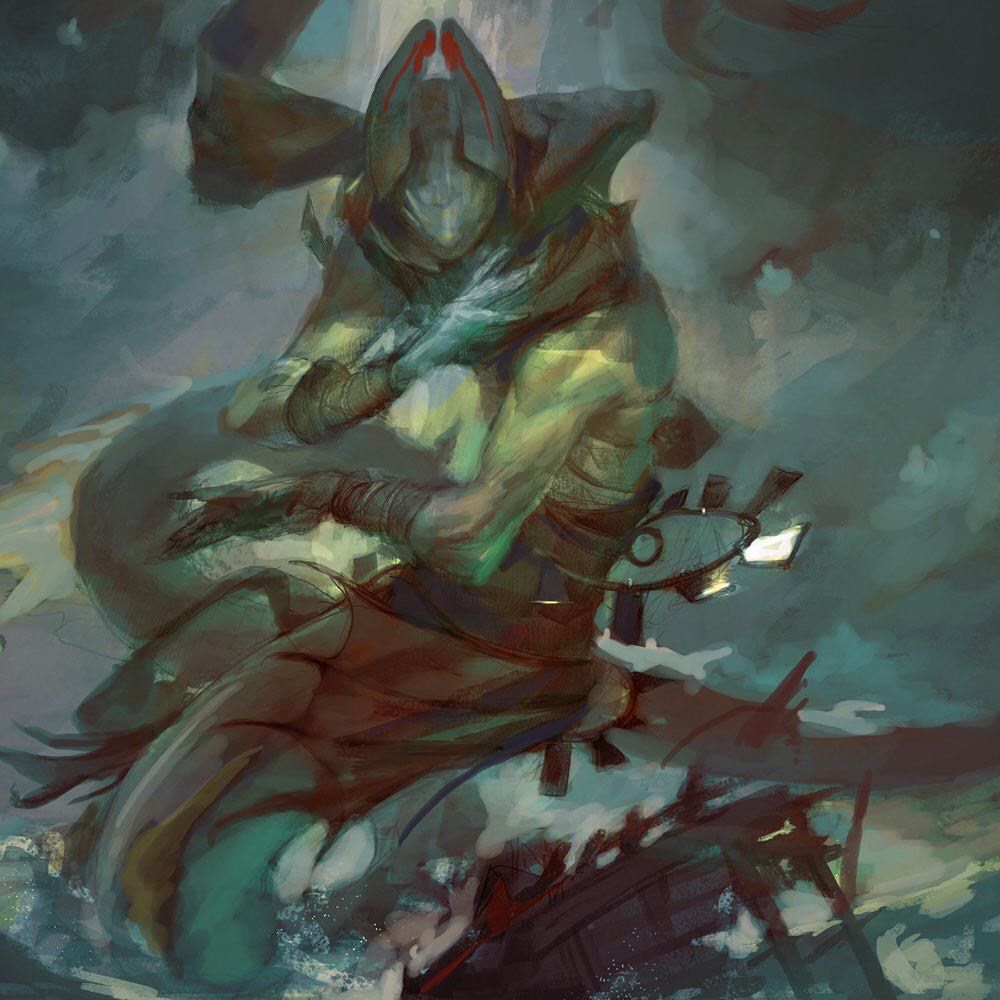
Ooh. Awesome. The sister article of the one I just finished! "It was said that the gods withdrew from the land because they were disappointed in how the Koushan Mai lived their lives."
I'd suggest a bit more active of transformation within your sentence: "The gods withdrawal turned to myth, Gen Mai, as the Koshan Mai believed their faults the cause of the disappearance, transformed." Or something. I love the images and list of gods at the bottom of the article. It's pretty interesting to take a quick gander at. That's all I really have to say for this one, but it was an interesting read nonetheless.
Thank you for the comment, Jac! Yeah, I really struggled with that sentence so I'll think of a good way to rework it. :D
Explore Etrea